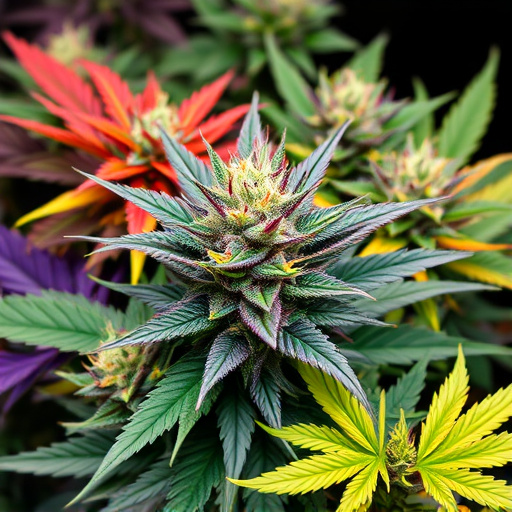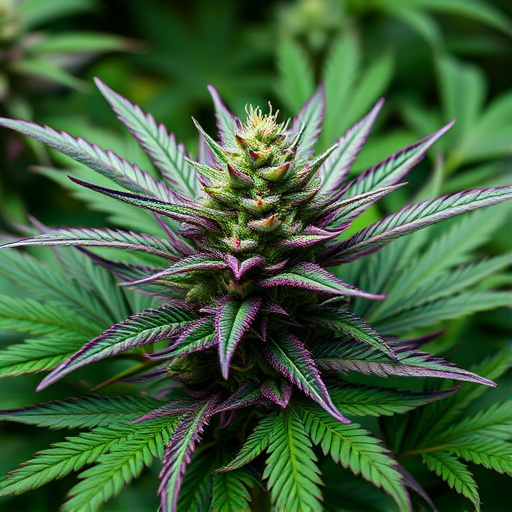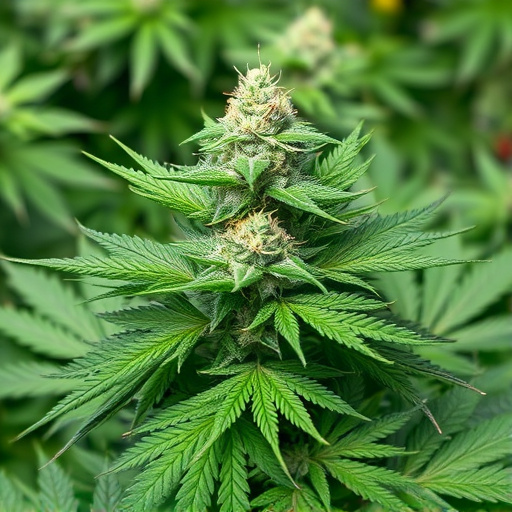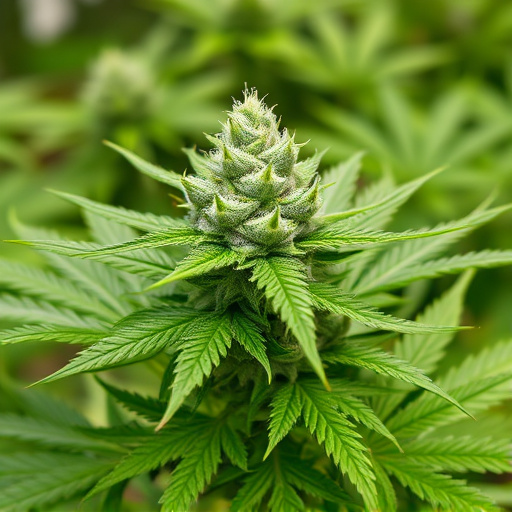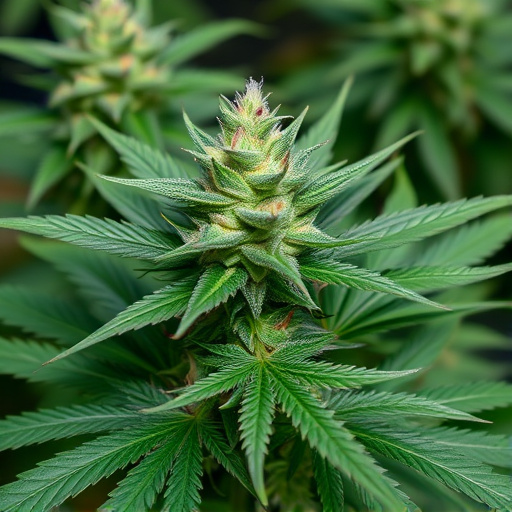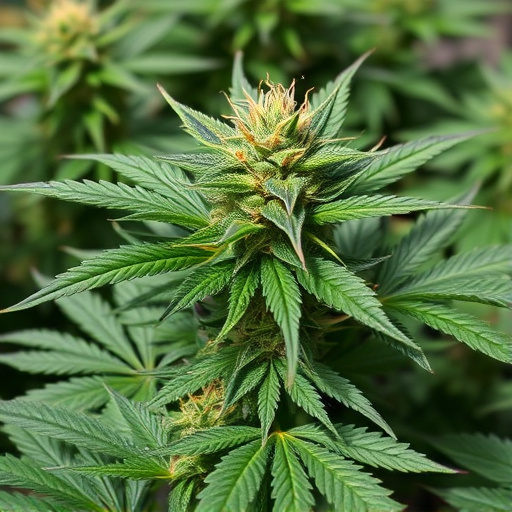The genetic makeup of sativa cannabis strains is crucial for their quality and characteristics, with breeders using selective breeding to enhance desired traits like high THC levels, improved flavors, and medicinal properties. These genetics also impact plant health and vigor, leading to robust, pest-resistant varieties. Specific genetic lines have been cultivated over time for unique cannabinoid concentrations and terpene profiles, resulting in a diverse range of sativa strains catering to various consumer preferences, from potency to CBD-rich options. Sativa strains are known for their tall growth, uplifting effects, diverse aromas, and social enhancing properties, making them a popular choice despite lower CBD levels.
“Uncovering the secrets of high-quality weed begins with understanding the intricate interplay of genetics, cultivation, and post-harvest care. This article delves into the factors that set apart exceptional cannabis, focusing on sativa cannabis strains. From the genetic makeup that dictates unique traits to cultivation techniques fine-tuning growth, each step contributes to the final product’s consistency and desirability. Learn how selective breeding, environmental controls, and precise harvesting methods elevate weed quality, ensuring consumers receive top-tier products.”
- Genetics and Breeding:
- – The role of genetics in determining weed quality
- – Differentiating between sativa cannabis strains and their unique traits
Genetics and Breeding:
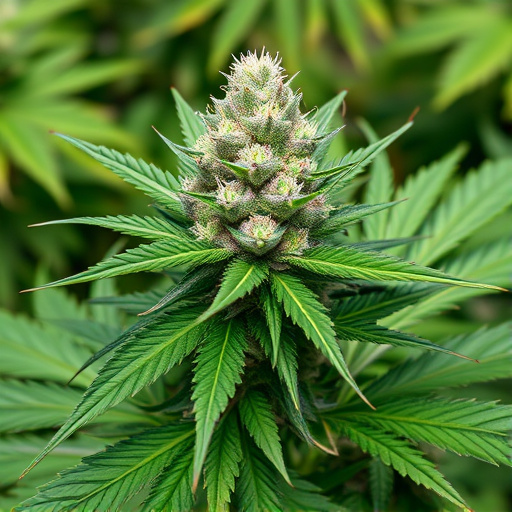
The genetic makeup of a cannabis plant is a cornerstone in determining its quality, particularly for sativa cannabis strains. Breeders play a crucial role in shaping the characteristics of these plants through selective breeding techniques. By carefully choosing parent strains and implementing crossbreeding strategies, they can introduce desirable traits such as higher THC levels, improved flavour profiles, and enhanced medicinal properties. This genetic diversity ensures that each sativa strain offers a unique experience, catering to diverse consumer preferences.
Moreover, genetics influence the overall health and vigour of cannabis plants. Strong genetic lines result in robust plants with better resistance to pests and diseases, ensuring consistent quality over multiple harvests. Breeders often focus on preserving these superior genetics to maintain the integrity of their strains, guaranteeing that each batch of sativa cannabis meets high-quality standards.
– The role of genetics in determining weed quality
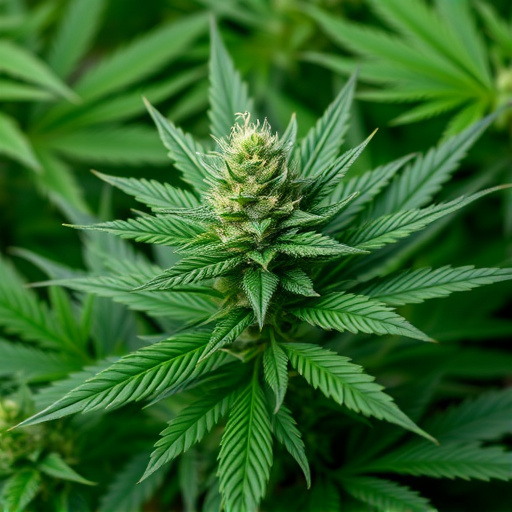
The genetic makeup of a plant is a significant factor in determining its quality, especially in the case of cannabis. Sativa cannabis strains, known for their uplifting and energetic effects, possess distinct genetic traits that influence various characteristics. These include the concentration of cannabinoids like THC (tetrahydrocannabinol) and CBD (cannabidiol), as well as terpene profiles, which contribute to the plant’s aroma, flavor, and potential therapeutic benefits.
Genetics play a crucial role in shaping the overall growth pattern, structure, and yield of sativa strains. Certain genetic lines have been cultivated over time for specific traits, leading to a wide array of varieties with unique properties. From potent, high-THC strains sought after by recreational users to CBD-rich options popular among those looking for medical benefits, genetics provide the foundation for what makes each weed strain special and desirable to different consumers.
– Differentiating between sativa cannabis strains and their unique traits
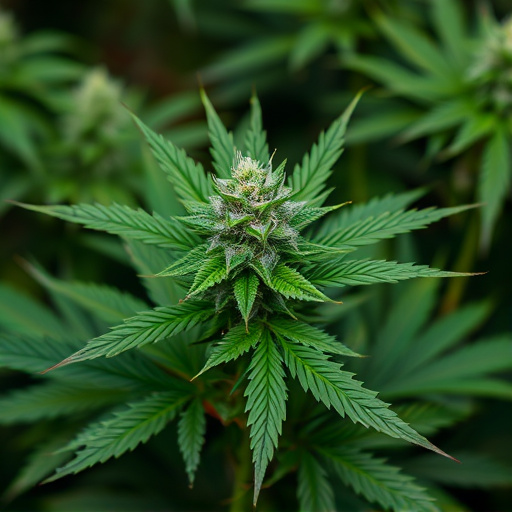
Sativa cannabis strains are known for their distinct characteristics, setting them apart from other varieties. These plants tend to grow taller with longer, thinner leaves, and they typically have a higher content of THC (tetrahydrocannabinol), the compound responsible for most of marijuana’s psychological effects. Sativas are often associated with uplifting and energetic effects, making them popular choices for daytime use or activities that require heightened focus and creativity. They tend to have lower levels of CBD (cannabidiol), which is known for its potential therapeutic benefits, including reducing anxiety and inflammation.
Unique traits of sativa strains include their aromatic profiles, which can range from citrusy and floral notes to earthy and woody flavors. These plants also often exhibit a faster flowering time, with some varieties maturing in as little as 10-12 weeks. Their growth habits make them well-suited for vertical farming and other innovative cultivation methods. Additionally, sativas are renowned for their ability to stimulate conversation and enhance social interactions, making them a preferred choice in social settings.
In conclusion, the quality of “weed” is a multifaceted consideration that starts with understanding genetics and breeding. The distinct characteristics of sativa cannabis strains play a pivotal role in shaping its overall quality, from aroma and flavor to effects and medical benefits. By delving into these factors, cultivators can navigate the intricate landscape of cannabis, ultimately offering consumers a diverse range of high-quality products tailored to their preferences.


